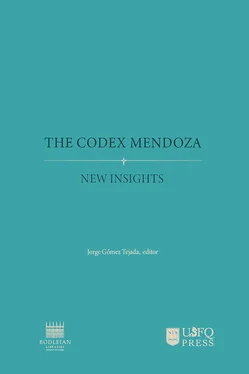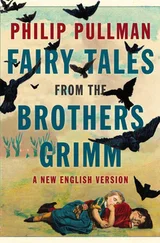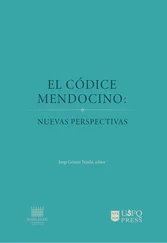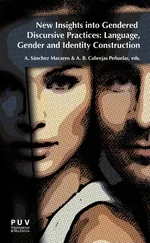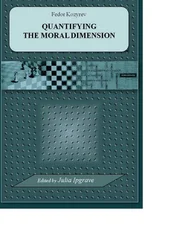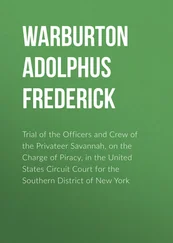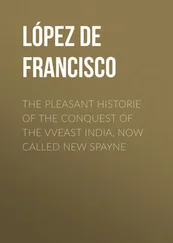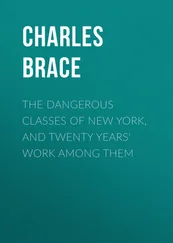Pattern A: “Pilgrim”
“Pilgrim” facing left (as seen from the wire side) in a circle; beneath: two(?) capital letters, of which the first is “B” and the second is illegible. The closest parallel in the two repertories is Briquet 7586 (Provence, 1568), where the letters are “B F”: but it is not very similar.
Figure 1. Specimen: folio 2 only (figure 1, beta-radiograph).

Pattern B: “Pilgrim”
“Pilgrim” facing left (as seen from the wire side), in a circle, with no letters or other additional designs outside the circle. There is no match in Valls i Subirà; it is fairly similar but by no means identical to Briquet 7570 (Milan, 1567).
Figure 2. Specimens: (no clear division into twin molds): folios 4 (figure 2, beta-radiograph), 8, 19
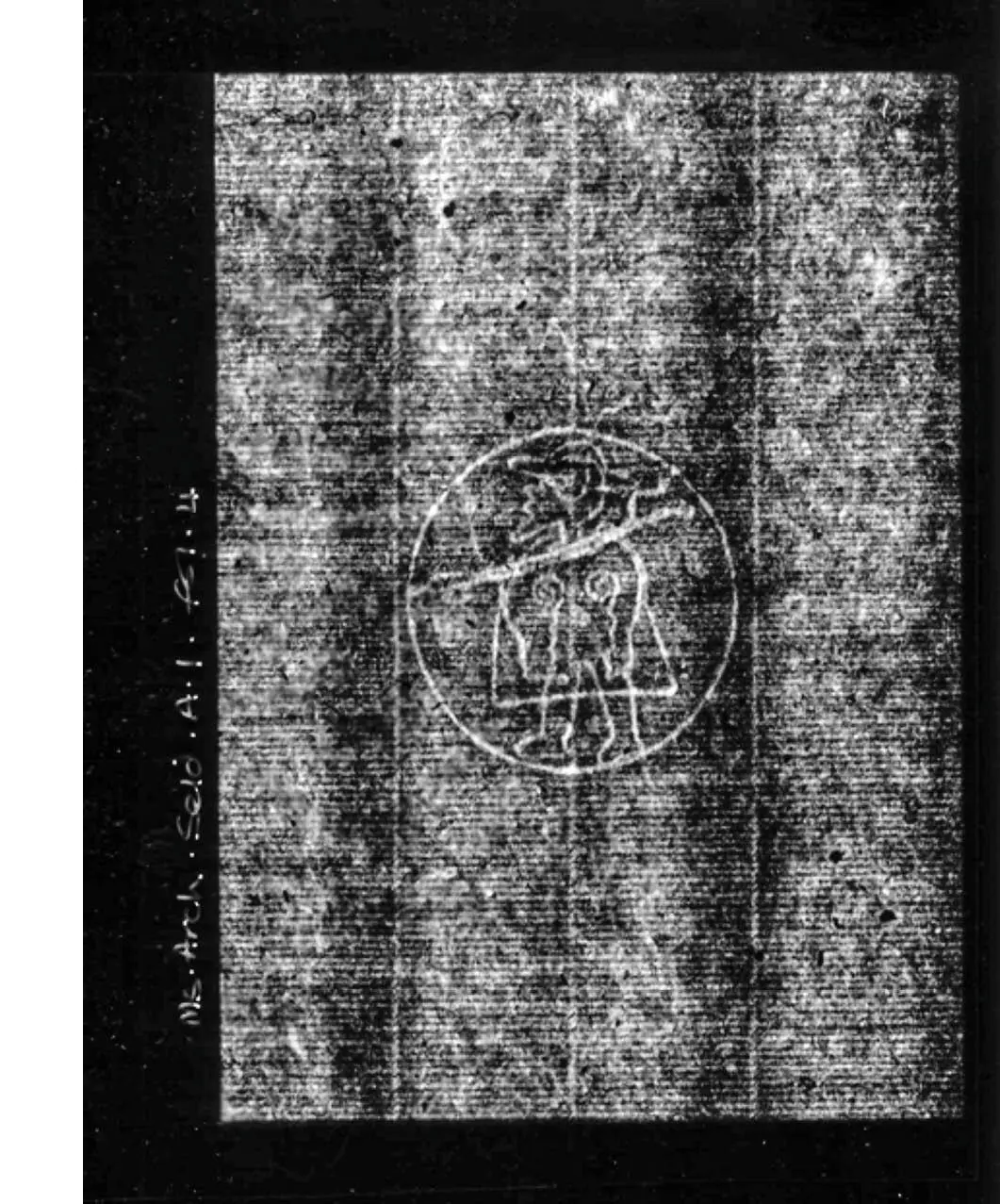
Pattern C: “Pilgrim”
“Pilgrim” facing left (as seen from the wire side), in a circle; beneath, three letters, “A M F.” The only comparable example in the two repertories is Briquet 7582 (Milan, 1570), with “A M F”; it is quite a good match, but not identical.
Specimens: folios 6, 9, 10, 11, 13, 14, 15, 21, 23, 24, 26, 29, 36, 37, 38, 39, 40, 41, 42, 45, 47, 48, 51, 52.
Among these, the clearer specimens provide examples of at least two molds, e.g.:
Figure 3. (i) Folios 6, 29, 36 (figure 4, beta-radiograph), 37 (beta-radiograph), 42, 48. Lower legs shapelier
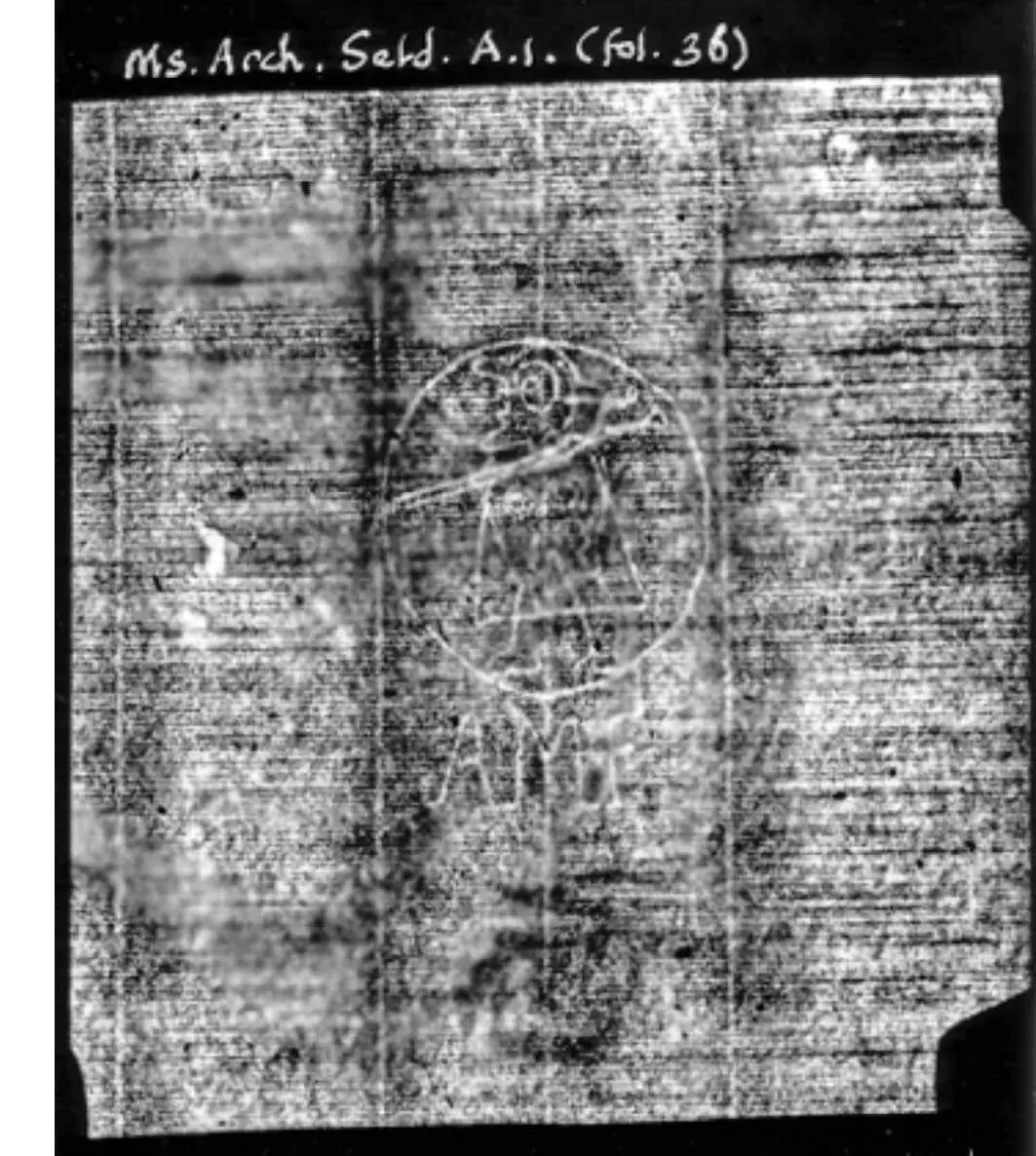
Figure 4. (ii) Folios 9, 41, 52 (beta-radiograph). Lower legs straighter
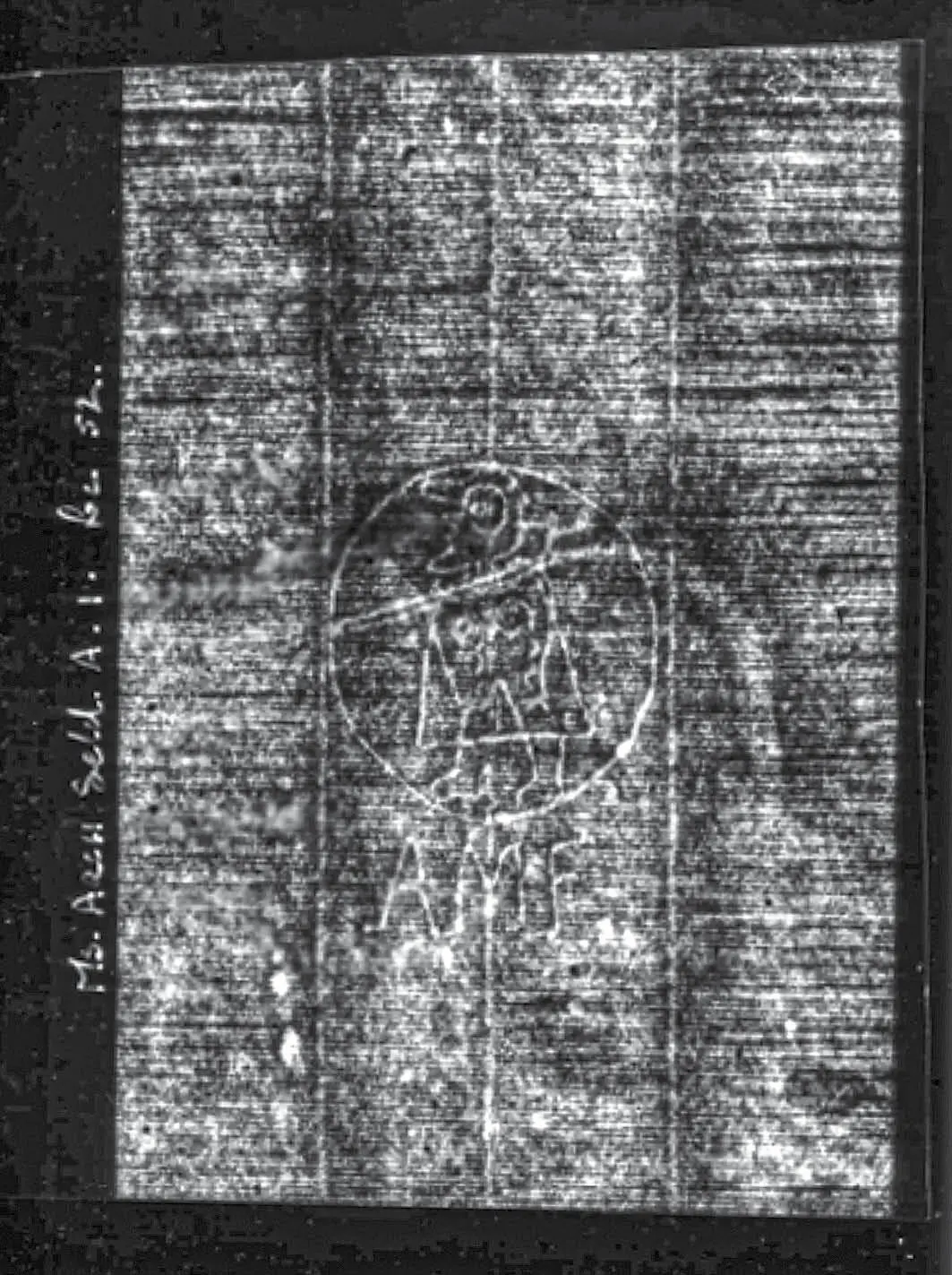
But the two molds are not differentiated on the collation chart below, as some specimens are obscured by ink or paint and thus hard to distinguish.
Pattern D: “Pilgrim”
“Pilgrim” facing left (as seen from the wire side), in a circle: beneath, two letters, perhaps “I P”. No match for a pilgrim with these letters appears in Briquet or Valls i Subirà.
Specimen: folio 71 only (figure 6, beta-radiograph).
Pattern E: Cross (Latin), in pointed shield
On each side of the cross, within the shield, is a capital letter. The design makes sense from either direction, but as seen from the wire side the letters read “F”(?) on the left and “A” on the right. Valls i Subirà (1980, 2:2:129–32, 197–202, no 79–101) describes the shield pattern as “abundant throughout Spain,” and provides examples from 1495 to 1600. Briquet reproduces examples from Spain, Italy, and France (no. 5677-5704, “très nombreux”). If the design were reversed (e.g. read from the “felt” side), the closest parallel (but by no means identical) would be Briquet 5678, with the letters “A R” (Spain, 1576. Var. simil.: Rodez, 1579; Madrid, 1586).
Specimens in two readily distinguishable molds:
Figure 5. (i) Folios 56 (beta-radiograph), 63, 64 (figure 8, beta-radiograph)
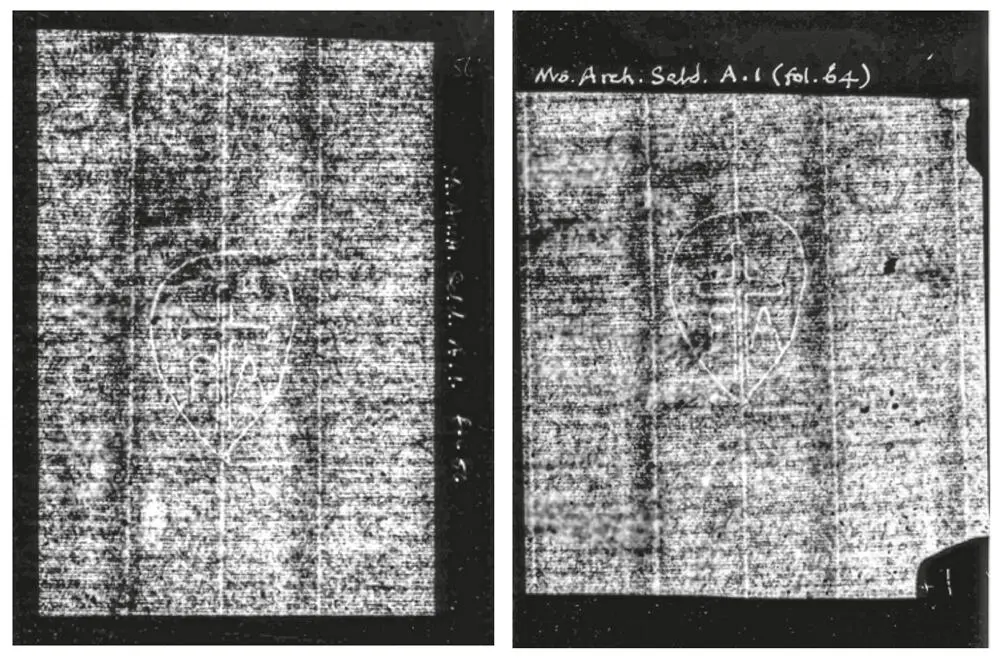
Figure 6. (ii) Folios 59 (beta-radiograph), 60, 66, 68

Pattern F: Sphere with five-pointed star above
Similar, but not identical to Briquet 14013 (Angoulême, 1570). No examples of this pattern are reproduced by Valls i Subirà.
Figure 7. Specimen: folio 69 only (figure 10, beta-radiograph)
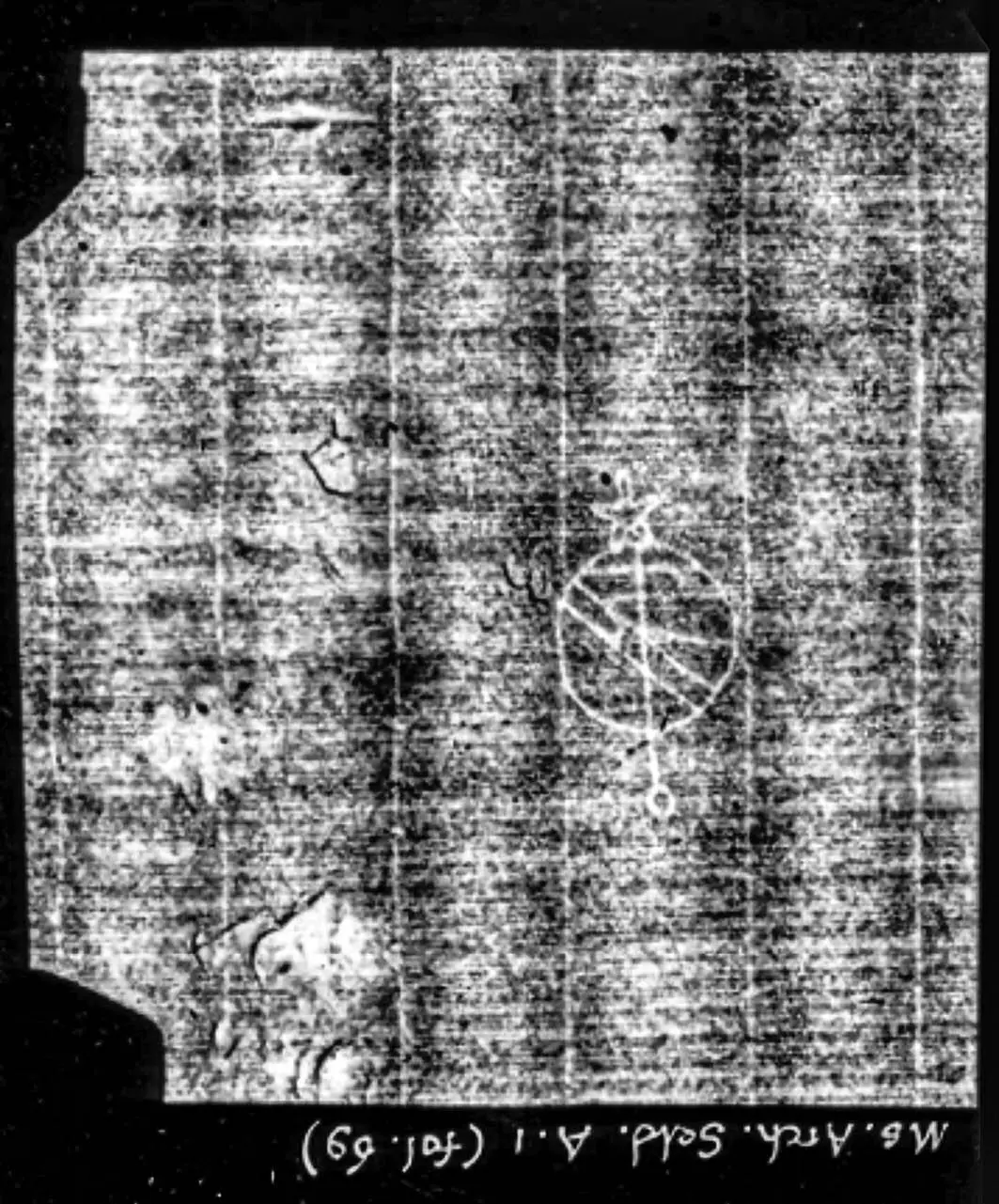
Early endpapers associated with Part 1
(front pastedown, folios i-ii, 72)
Thevet’s signature on the former flyleaf (which is now the front pastedown) confirms its sixteenth-century date (see further below). Similarly, the date “7 Sept. 1587” on folio ii verso provides a terminus post quem non. This firm dating evidence supports the conclusion from the physical data of pleats and sewing-holes in these leaves that they pre-date the present seventeenth-century English binding.
Pattern G: Fleur-de-lis, crowned
The fleur-de-lis and its crown are of equal size; at the point where they join, the letter “A” appears on the left and “B” on the right. No Spanish examples of the crowned fleur-de-lis are reproduced by Valls i Subirà or amongst Briquet’s specimens (no. 7223-7258); the closest parallels, with different initials, are Briquet 7249 (Poitiers, 1574, with “G L”) and Piccard XIII (Hauptstaatsarchiv Stuttgart 1983, vol. 13, no. 786), (Florence 1579, with “B G”).
Specimens are not quite identical, so they presumably represent the two molds:
Figure 8. Folio i (figure 11, beta-radiograph)
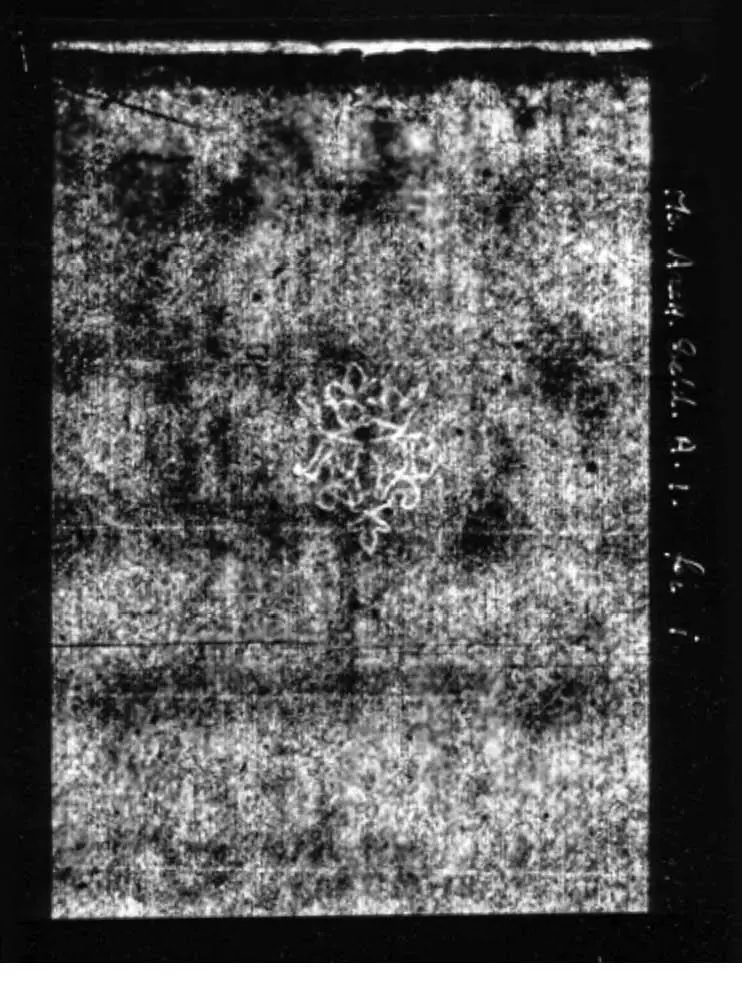
The front pastedown with Thevet’s signature is probably of the same paper; now that it is pasted down, no watermark can be discerned in it, but the chain-lines are approximately the same distance apart (approx. 27-8 mm.).
Figure 9. (ii) Folio ii (figure 12, beta-radiograph)

Pattern H: Three objects and a letter
This is a difficult pattern, since the objects are highly stylized and the letter could be read as an “M” (below the objects) or as a “W” (above the objects). Since the pattern is symmetrical, the direction of viewing whether from “mold” side or “felt” side makes no difference. The 1992 facsimile showed a difference in interpretation, with Bruce Barker-Benfield (vol. I, p. 23 and fig.) interpreting the patterns as “‘W’ over three swords or daggers” and Wayne Ruwet (vol. I, pp. 14 and 16 fig. 6) as “three hats over an M.” As hats, the objects have a high crown, flat brim, and two ties or tassels hanging down; as daggers, the objects have a short, blunt blade with a broad hilt.
Ruwet is very likely correct, since he was able to adduce a small group of similar patterns with three “hats” from Heawood (1950, nos. 2596–2600); they are associated with other letters (not “M”) which are, however, useful in confirming the viewing direction as allowing the objects to be read as hats rather than as daggers. Otherwise, however, their dates are too late to offer helpful parallels, even for the period of the English seventeenth-century binding: they are from English and Italian examples dated between 1685 and 1694, with one later example circa 1809. The earlier repertories reveal nothing as close as Heawood’s examples, though there was a pattern current in sixteenth-century Germany and Austria of three helmets — quite different in shape – within a shield (Briquet nos. 1111-1115, examples dated 1525 to 1580; Piccard IX. 2 [1980], nos. 284-365, examples of 1525 to 1593).
Читать дальше
